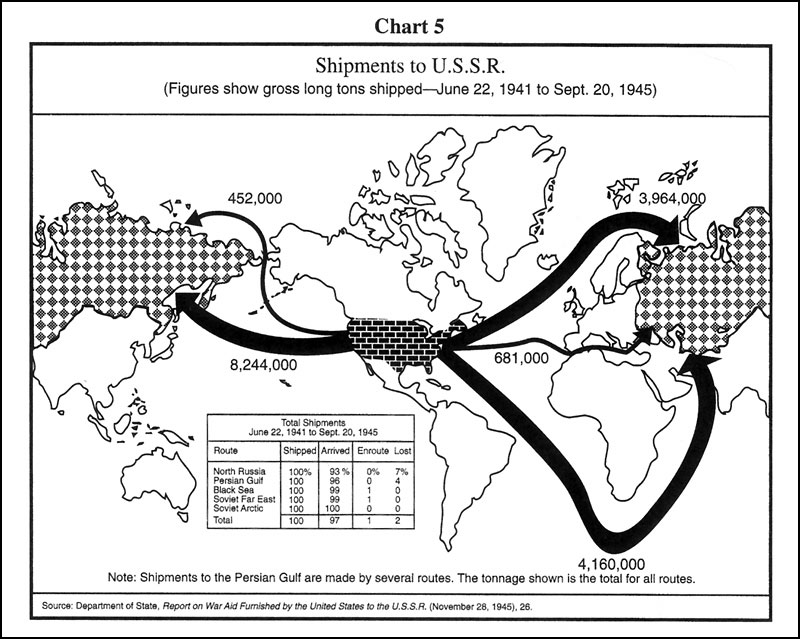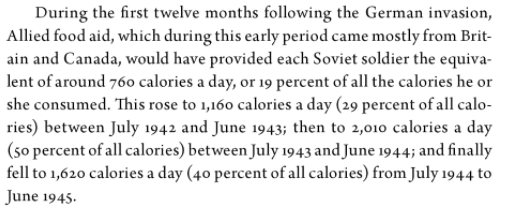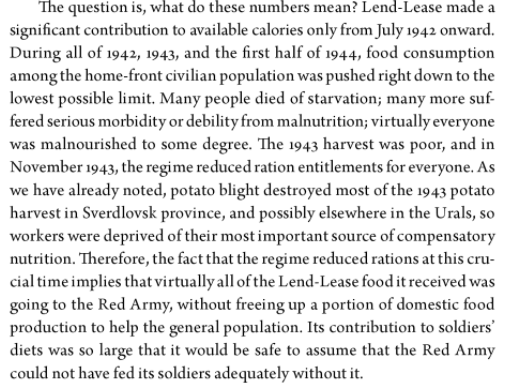The Soviets, on the other hand, operated under the shadow of the raging war with Germany. Although the Far Eastern and Trans-Baikal Fronts had access to a formidable array of weaponry, the demands of the fighting in Europe
meant that strength was siphoned away by the week. Moreover, the state of those vehicles that remained was often mixed:
prior to the beginning of transfers westward in 1941 some 660 tanks[130] and 347 aircraft[131] were inoperable due to repair needs or other causes. Because the Soviets only possessed a limited offensive capability on the Primorye and Trans-Baikal directions, they could never hope to achieve a decisive victory over the Kwantung Army, even if they succeeded in slowing or stopping them.
[132] Furthermore, attacking into the teeth of a prepared enemy, especially one with his own fortified regions and heavy concentrations of troops immediately opposite the border, was "the hardest kind of offensive," requiring "overwhelming numbers and massive means of assault" to succeed,
[133] neither of which the Soviets possessed.
[134]
Soviet forces in the Far East were dispersed over a vast arc from Mongolia to Vladivostok.
Without the ability to capitalize on this deployment by striking deep into Manchuria from multiple axes, their strength would be fatally diluted and prone to piecemeal destruction at the hands of the Japanese, who could maneuver freely on their interior lines, concentrating their power at will while the immobile Red Army was fixed in place.[135] The only saving grace for the Soviets was that the remoteness of the Far East from European Russia meant that Japan alone could never hope to deal a mortal blow to the USSR, for which the former would be reliant on Germany.
[136]
Organizationally, although Soviet forces in the Far East on paper amounted to some 32 division-equivalents by December 1941,
[137] they were regarded as only barely sufficient for defensive operations. Compared to a typical Japanese division, pre-war Red Army units possessed slightly less manpower, but had greater access to long-range, higher caliber artillery. After the German invasion, however,
the Red Army was reorganized so that each division had scarcely half the manpower and a fraction of the firepower of either its German or Japanese counterpart. Hence, to achieve superiority on the battlefield the Soviets would have to concentrate several divisions to counter each of the opponent's.
[138]
Lastly, the quality of both personnel and equipment in the respective armies cannot be ignored
. As the Soviets drained their best, most well-trained divisions to fight in the west, the overall standard of the forces in the east correspondingly diminished, forcing the STAVKA to rely more heavily on its fortified regions in defensive operations.[149] Meanwhile,
the Kwantung Army opposite them then constituted "the cream of the entire Japanese armed forces,"[150] and was receiving reinforcements by the day. A large proportion of its units were elite Type A divisions,[r] many of which had seen extensive service in China. The quality of the Japanese officer corps was also very high, as many figures who would go on to have notable careers in the Pacific War including
Tomoyuki Yamashita (head of the Kwantung Defense Command and later First Area Army),
Isamu Yokoyama (
1st Division, later
4th Army),
Mitsuru Ushijima (
11th Division),
[152] and
Tadamichi Kuribayashi (
1st Cavalry Brigade,
Mongolia Garrison Army)
[153] held commands there. While both sides primarily relied on
bolt-action rifles and light automatic weapons as the backbone of the infantry, Japanese artillery often found itself outranged by the heavy Soviet guns at Khalkhin Gol, to the point where the IJA felt compelled to move their
15 cm howitzers closer to the front in order to bring them to bear, even at the expense of cover.
[154] Even though the Japanese managed to disable a considerable number of Soviet guns through
counterbattery fire,
[155] their lack of range at extreme distances and shortage of ammunition left them at a distinct disadvantage against the Red Army.
[156]
Tanks presented a mixed picture as well: although the most modern machine available to the Kwantung Army in 1941, the
Type 97 Chi-Ha, had thicker armor (up to 33 mm)
[157] compared to the Soviet
BT and
T-26, its low-velocity 57 mm gun common to medium tanks of the era was outmatched by the long-barreled 45 mm weapons mounted on its opposite numbers, while the 37 mm gun used on the
Ha-Go and
Te-Ke had an effective range of less than a kilometer.
[158] In general, while the "handcrafted, beautifully polished" Japanese tanks were more survivable thanks to their diesel engines (the gasoline powerplants used by the Russians were especially fireprone
[159]), their lesser numbers meant that each loss was more damaging to the IJA than each destroyed "crudely finished," "expendable" BT or T-26 was to the Red Army.
[160] During the only pitched armored engagement at Khalkhin Gol (the Yasuoka Group's attack in July), the Japanese saw 42 out of their 73 tanks
[161] disabled whereas the Soviet-Mongol side lost over 77 tanks and 45 armored cars out of the more than 133 and 59 committed, respectively.
[162] The balance in the air would have been strongly in favor of the Japanese. Although the most modern fighter in the Soviet Air Force arsenal available in the Far East, the
Polikarpov I-16, was a firm opponent of the
Nakajima Ki-27,
[163][t] the majority of planes in-theater were considerably older. Furthermore, the
Soviets had no answer to either the Mitsubishi A6M, which had been fighting in China since 1940,[164] or the high-speed Ki-21 bomber, which could fly faster and farther than its contemporary, the SB-2.[165][166] Japanese pilots were also highly experienced, with
IJNAS airmen
averaging roughly 700 hours of flight time by late 1941, and IJAAF aviators averaging 500. Many of these fliers had already tasted combat against China or the VVS in previous battles.
[167] In comparison,
German pilots received about 230 hours of flying time
and Soviet pilots even less.[168]


